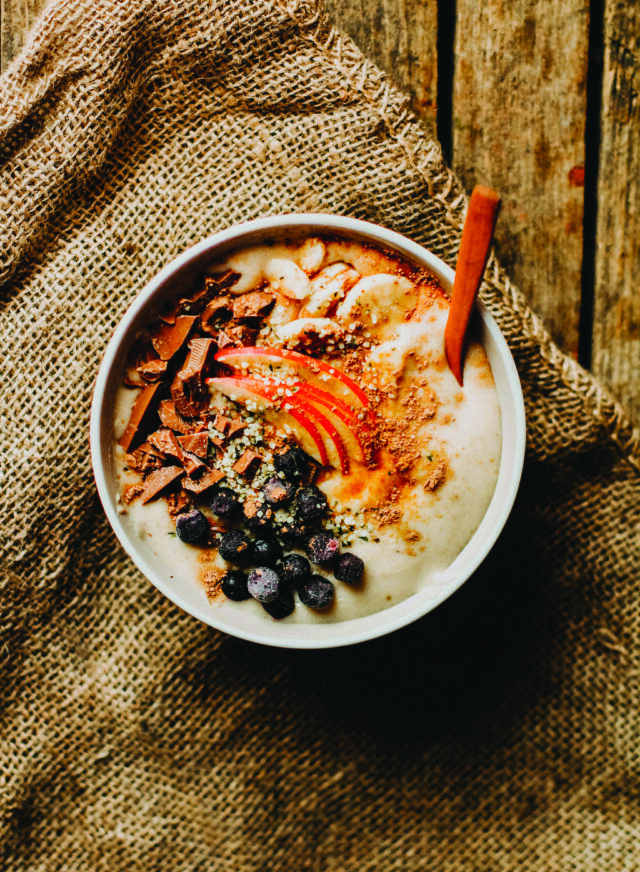
By Ray Rogers
Ray Rogers: Carb cycling seems to be a term people are using more frequently. Can you define it in clear and simple terms?
Serena Poon: Carb cycling is a diet where you change your carbohydrate consumption throughout the week to coincide with greater physical activity. Carbohydrates are important for fueling intense or endurance workouts and also for muscle recovery, so the technique ensures that you have the fuel that you need on these higher-octane days.
RR: What are the benefits of carb cycling, physically, emotionally, cellular-wise, etc.?
SP: There is research that demonstrates that carb cycling may be a helpful training protocol for endurance athletes looking to improve performance and bodybuilders looking to decrease fat mass, while still allowing their muscles proper growth and recovery. Carb cycling may also be helpful for weight loss in the general population, but researchers believe that this is more a function of reducing overall calorie intake than a specific mechanism of how carbohydrates are metabolized.
RR: What are the risks? Anything to be on the lookout for as you are carb cycling (either before, during or after)?
SP: There are a few risks associated with both a high-carbohydrate diet and a low-carbohydrate diet. A high-carbohydrate diet can increase the risk of diabetes, obesity and cardiovascular disease. Very low-carbohydrate diets, such as the ketogenic diet (that also include high fat and moderate protein), have been known to cause side effects including nausea, headaches and fatigue, and vitamin and mineral deficiencies. Low-carbohydrate diets are also notably low in fiber, which is essential for overall health. Research shows that benefits of a low-carbohydrate diet experienced in the short term seem to wane as time goes on.
No matter what, it is imperative that your carbohydrate intake is coming from high-quality, wholesome, high-fiber foods such as vegetables, fruits and whole grains.
RR: Can you suggest a sample meal plan, a typical day of carb cycling?
SP: Sure, here is an example of what a sample high-carbohydrate day might look like:
Breakfast – Oatmeal with bananas, walnuts and maple syrup
Snack – Slice of avocado toast on whole-grain bread
Lunch – Grilled veggie sandwich with oven roasted potatoes
Dinner – Gnocchi with a high-quality protein
And here is a sample low-carbohydrate day:
Breakfast – Veggie scramble with half an avocado and a small handful of low-glycemic fruit
Snack – Apple with a small spoonful of seed butter
Lunch – Salad with a rainbow of vegetables and a high-quality protein
Dinner – Zucchini noodles with high-quality protein
RR: What kind of results might one expect?
SP: Short-term effects could include increased energy for high-intensity or endurance workouts (if properly paired with high carbohydrate consumption) and/or weight loss. Carb cycling is meant to be a short-term eating regimen to achieve a specific outcome, so there wouldn’t be any long-term benefits to speak of.
RR: Why do you recommend it to clients?
SP: I don’t necessarily recommend carb cycling to clients. What I do recommend is a 28-day reset or daily intermittent fasting, which supports weight loss along with many other benefits, such as decreased inflammation, improved brain function, and decreased risk for cardiovascular disease.
Serena Poon is a celebrity chef, certified nutritionist, Reiki master, and founder of Just Add Water®️ and Culinary Alchemy®; @chefserenapoon; serenaloves.com



